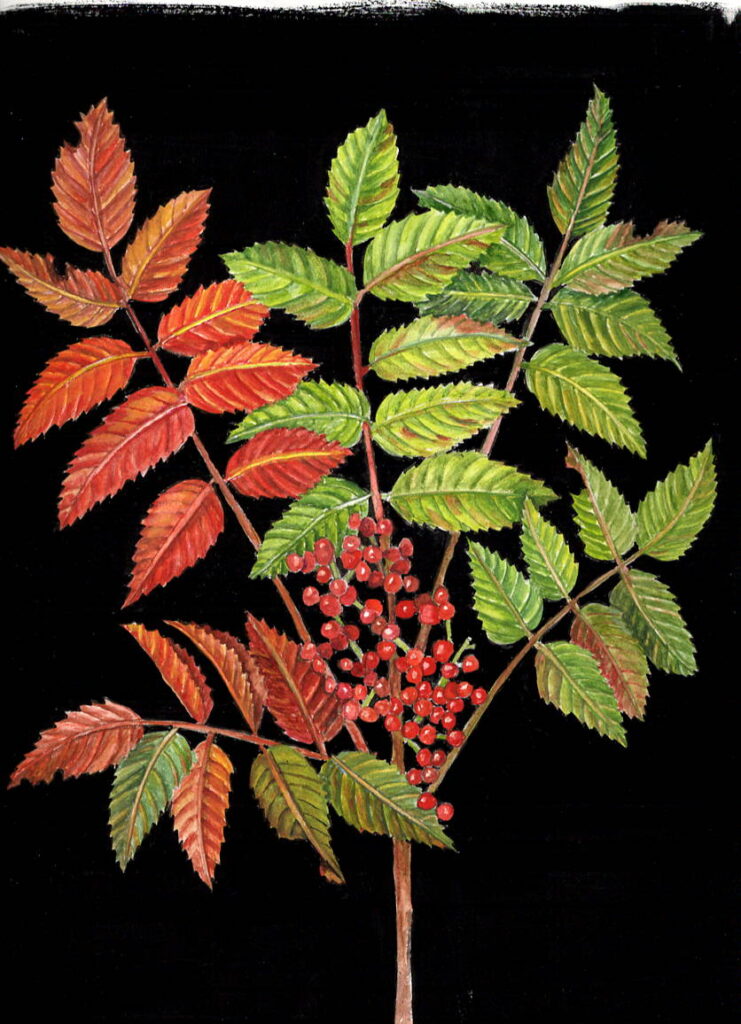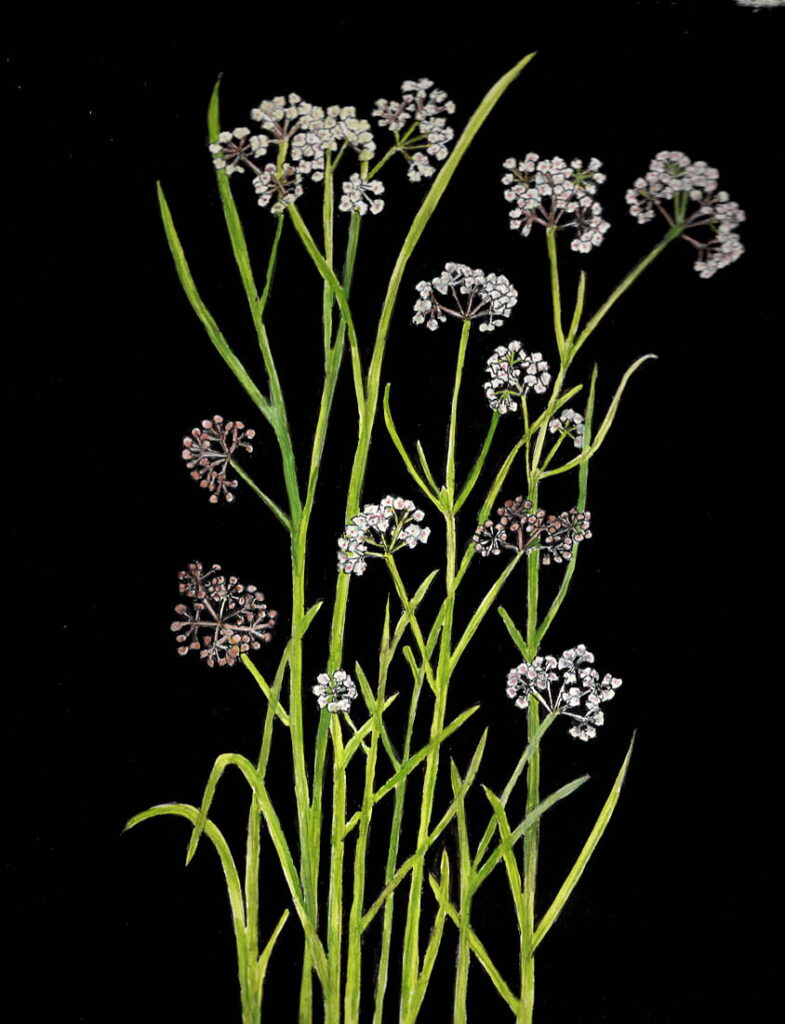The tragic wildfires in Maui and the ongoing wildfires in western Canada have been in the headlines for weeks. It has been a horrendous fire season and prayers go especially to the people in Maui where the loss of life has been devastating and the number of people still missing shocking.
Wildfires, worsened by the effects of climate change, make us all feel vulnerable and the results over the past few years have been catastrophic. But in the midst of all that, it’s important to remember that fire, like many other things, can be both devastatingly harmful and also extremely beneficial.

For centuries, natural low intensity fires swept through many areas, creating and sustaining unique ecosystems. Fire was as critical to the health and balance of the habitat as sunshine and rain. Many vulnerable plants depend on prescribed fires, which mimic nature’s low intensity fires, for survival. The Nature Conservancy suggests that half the world’s land ecosystems need periodic fires to stay healthy. In Georgia, from longleaf pine communities and herbaceous bogs in the South to the oak hickory forests and mountain bogs in the North, our state needs these prescribed burns.
Georgia’s endangered species that depend on fire for survival include Smooth sumac (pictured above), harperella (pictured below), green pitcher plant, Morefield’s clematis and Alabama leather flower.

The photographs below are from The Nature Conservancy’s web page about prescribed burning. The first is a picture of a wildfire, where the intensity of the fire causes the tree crowns to burn. The second picture is of a prescribed burn in a thinned forest, where the underbrush burns, leaving the trees, for the most part, intact. (Photographs courtesy of The Nature Conservancy)


A combination of thinning forests and performing prescribed burns may lessen the damage if wildfires occur. Burns are not conducted during summer months, reducing the impact of smoke on air quality.
How you can help:
- Help educate people about “good fires” and the critical role they play in strengthening certain ecosystems.
- Write to the Georgia Forestry Commission, supporting the work they do with prescribed fires.
- Contact the Georgia Forestry Commission about doing a prescribed fire on your own land. For information go to their website: http://gatrees.org
Don’t forget to visit the Gardenhouse Gallery at the Atlanta Botanical Gardens to see the ongoing art exhibit, Imperiled Beauty: Georgia’s Endangered Plant Species.
